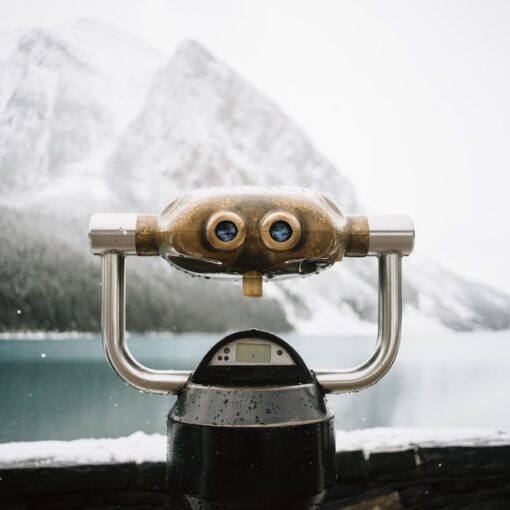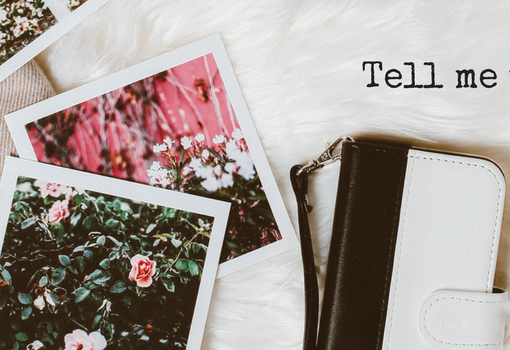
Una imagen vale más que mil palabras. (A picture speaks a thousand words)
Many Spanish official exams (including DELE) ask for a description of a photo or image in the speaking and/or writing part.
As I have been preparing DELE exams students for years, and for many hours a day lately, I’ve decided to put together a blog post that will guide any image description.
I advise you to go from general to specific. So you can start with what the picture represents with one general statement.
The best way to do this is to work with an example. Below is a photo from Instagram. Let’s describe it, shall we?
- La foto representa…
- En la foto hay…
- Se puede ver
- Parece que
La foto representa una situación diaria. Or La foto representa una actividad normal. Or La foto representa el descanso / un situación relajada…
The photo represents a daily situation. The photo represents a normal activity. The photo represents rest / a relaxing situation…
Once you have introduced the image with one general sentence, it is time to describe where the image in the photo is. You need to descibe the layout (la distribución) of the space andthe location (la ubicación).
- En primer plano
- Al fondo
- En el centro
- A la derecha
- A la izquierda
- Arriba
- Abajo….
En la imagen se puede ver un salón o una sala de estar. En el centro hay una mujer sentada en el suelo. Detrás, al fondo, hay un sillón de mimbre de color marrón claro. A la izquierda hay una lámpara de pie y una planta grande en una maceta blanca. Hay una alfombra en el centro de la imagen y abajo a la izquierda podemos ver dos cojines, uno blanco y otro beige. Al lado de la mujer hay una taza de café blanca.
In the image one can see a living-room. In the middle there is a woman sat on the floor. Behind, at the back, there is a willow light brown armchair. On the left, there is a floor lamp and a big plant in a white pot. There is a carpet in the centre of the image and in the bottom left we can see two cushions, one white and another one beige. Next to the woman, there is a white coffee cup.
Now, we have to describe the people in the image
- Un grupo
- Una mujer
- Un niño
- Un hombre mayor…
And then, we move on to describe the physical appearance, mood, clothes, posture… with as much detail as you can.
La mujer en el centro de la imagen es rubia, con el pelo largo y listo. Ella tiene la piel morena. Lleva solo una camiseta blanca de manga corta. La mujer está sentada en el suelo, está hojeando una revista mientras toma un café.
The woman in the centre of the is blonde with long and straight hair. She has tanned skin. She wears only a white short sleeve t-shirt. The woman is sat on the floor, she is flicking through a magazine while she takes a coffee.
Remember to locate the things you describe in the image.
- En la esquina superior derecha (top right corner) o izquierda
- En la esquina inferior derecha o izquierda
- En el centro
- Arriba
- Abajo
- A la derecha , a la izquierda
Once you have described all the things you can see, you can start making guesses.
- Tal vez
- Quizás
- Puede ser que
- Parece que
- Creo que
- En mi opinión…
En mi opinión, es por la mañana y la mujer acaba de levantarse de la cama, por eso está tomando su primer café del día. Parece que ella está de vacaciones en la playa, por eso está tan morena y no tiene prisa para ir a trabajar, por eso está relajada hojeando una revista.
In my opinion, it’s morning time and the woman has just woken up from bed, that is why she is drinking her first coffee of the day. It seems that she is on holidays in the beach, that is why she is so tanned, and she is not in a hurry to go to work, therefore she is flicking through a magazine.
Finally, below you’ll find different ways to start the description of an image. You can apply this structures to many different images, pictures or photos.
- En la foto hay…
- Se trata de una imagen…
- Se trata de una foto que llama la atención por…
- La imagen presenta…
- En este cuadro podemos apreciar…
- En esta foto podemos ver…
- En la imagen se puede ver…
- El cuadro refleja…
- La foto presenta un error…
- En la ilustración falta…
- Parece ser que…
- En este cuadro vemos…
- Con esta imagen se quiere transmitir…
- La foto nos muestra…
- En el cuadro se observa…






